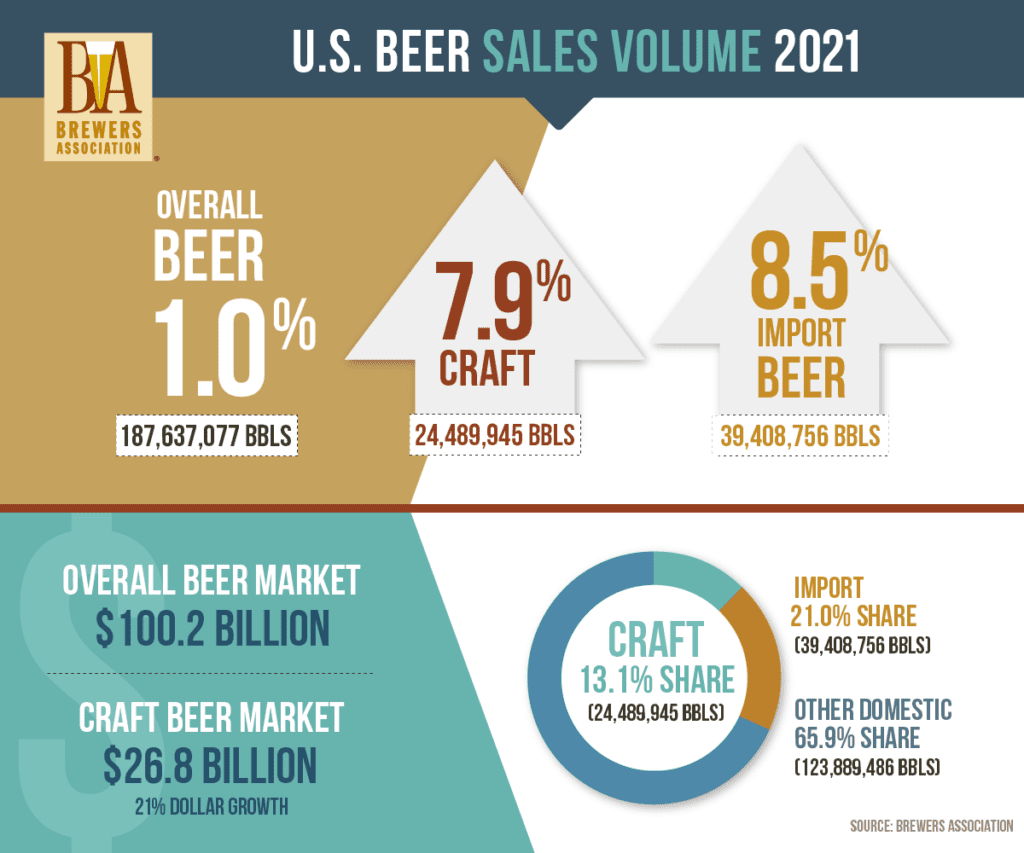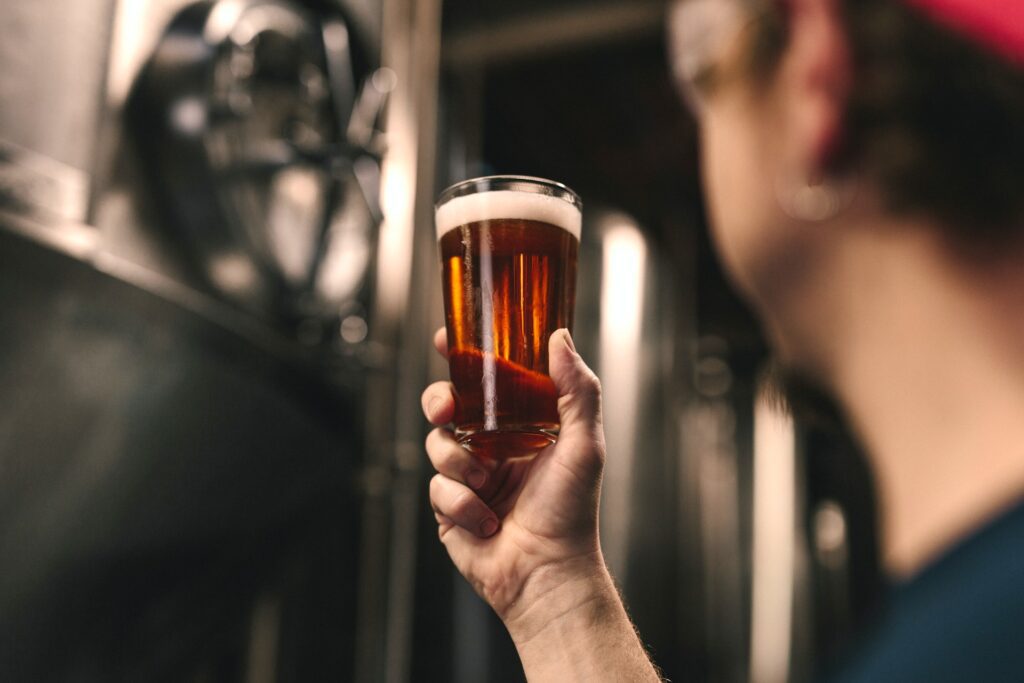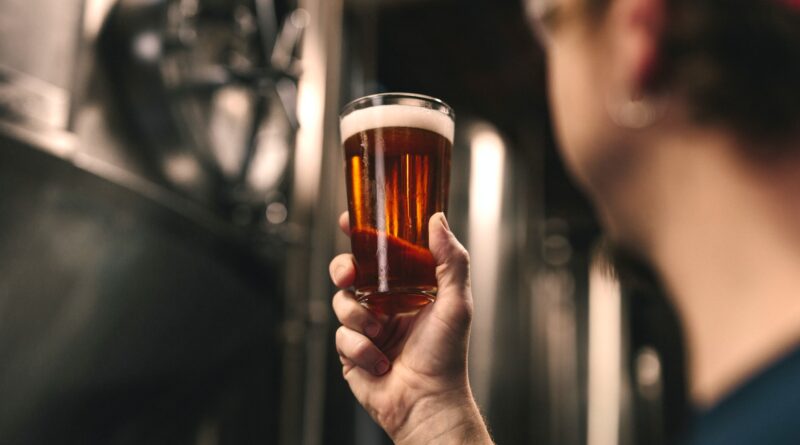Differences Between Craft Beer vs Domestic vs Imported Beers (Infographic)
JADCOM Media posts and/or links to retailers can be advertising, sponsored, or affiliate links.
We may earn a small commission from them. Thank you.
Many people in the United States and around the world often consider beer as just “regular beer.” They don’t really think of it like “craft beer vs domestic beer.” The sad truth is that sometimes that also includes avid beer drinkers, since it can be considered a routine alcoholic beverage. “Gimme a beer” just sounds very boring and uninspired.
“Regular beer” could not be further from the truth! There are many different types of beers. Let’s break down the main differences between craft brews, import beers, mass-produced beer, and so much more!
Craft Beer Industry
Setting the scene for a Craft Beer discussion seems like a good idea, as it is always good to provide some perspective. The Brewers Association is a 501(c)(6) not for profit trade association that bills themselves as “The Organization of Brewers, for Brewers and by Brewers.
Their purpose is to “promote and protect American craft brewers, their beers, and the community of brewing enthusiasts.”
Having an association watching out for craft breweries isn’t just helpful – it is critical. For local breweries to compete against the likes of Anheuser-Busch InBev and their mass production and giant market share, they need someone to help them promote their higher quality ingredients versus what are considered traditional ingredients.
Not bad… just traditional.
There are many benefits to an umbrella organization like the Brewers Association. From policing the industry, to marketing advice, to pooling collective voices to help make the craft beer industry heard, are all valuable assets.
Craft Brewery Sales on the Rise
Overall, sales as measured by barrels of beer (annual production) has been increasing slightly over the years. However, craft beer breweries (which includes smaller breweries) and imported beers have been rising at a much faster pace. These segments are moving faster than the overall beer market!
The Brewers Association has produced an excellent infographic that breaks out the various beer production numbers. Data is for 2021.

Whether you buy your beer in a grocery store or a liquor store, overall consumer demand is showing that we are buying more gallons of beer – craft beer – from our favorite small breweries! That’s lots of draft beer, in small batches, with unique flavor. (Editor’s note: I’m getting thirsty.)
Domestic Beer: Large Scale and Brewing Process
One of the key differences between craft beer vs domestic beer, is their large scale major breweries and their focus on light lager beer. From Bud Light to Miller Lite and beyond, they represent good beer (and given their size, liked by many), but maybe not necessarily better taste.
We’re not judging here. A lot of people prefer their happy hour to include cheap beers with low alcohol content from an American company. The truth is the beer industry is global, with many operations in different countries. (But that’s a story for another day.). There really is something for everyone.
In recent years, the independent brewery, creating smaller batches (often with higher alcohol content) has been absorbed into larger conglomerates. Financially, there can be good reasons for each party.
However, at the end of the day, independent brewers remain part of the local economy, but also become part of a large corporation. Significant changes can occur for a local brewery when they become part of large breweries. It can sometimes become difficult to hold on to their “local feel.”
Craft Beer Brewers
First things, first: This list is not an exhaustive list, but instead, represents examples of fine craft beer companies. They have contributed to the popularity of craft beer and offer very popular brews.
Each has a slightly different story, with different factors that shows the craft beer market doesn’t work in any traditional way. They each have carved out their own respective journeys.
Sierra Nevada Brewing Company
Sierra Nevada started in 1979 by Ken Grossman and Paul Camusi in Chico, California. They are among the largest brewers in the United States and continue to be privately owned.
They produce a variety of delicious craft beer selections that include their signature Pale Ale, Porter, Stout, Torpedo ‘Extra’ IPA, Kellerweis Hefeweizen, and Hazy Little Thing. In addition, they offer seasonal selections and special releases which expands the type of beer they brew.
New Belgium Brewing Company
New Belgium distributes their own craft beer throughout the United States. Their signature is Fat Tire Amber Ale. They also offer Voodoo Ranger IPA, Mural Agua Fresca Cerveza, and La Folie Sour Brown Ale. They also offer seasonal beers.
They were founded in Colorado in 1991 by Kim Jordan and Jeff Lebesch.
Previously, they were one of the privately owned domestic breweries. For a long time, they were an employee-owned company through an ESOP (Employee Stock Ownership Plan.)
In 2019, the Australian subsidiary of one of the larger macro breweries, Kirin of Japan, acquired New Belgium.
Boston Beer Company
One of the most popular craft beers is Sam Adams, made by the Boston Beer Company. Most popular, because the Boston Beer Company offers more than 60 different styles of their Samuel Adams brand.
Great taste, and a crisp look, along with premium ingredients, multiplied many times equals very popular! Add in various seasonal offerings and you have a deep bench of quality players!
In this example, the Boston Beer Company is a public company. It became listed on the New York Stock Exchange in 1995.
But that’s not all. In another craft brewer twist, they bought Dogfish Head Brewery in 2019. One beer company acquiring another, but on a smaller scale.
Blue Moon Brewing Company
Blue Moon was launched in 1995 in Colorado. Their Blue Moon Belgian White is their flagship brew with a variety of current and past specialty recipes.
You’ve seen the signature orange slice that garnishes the head of the beer, bringing out even more of the beer’s subtle sweetness. Yes, it is brewed with some orange peel, so technically, they could be some great health benefits. Just sayin’.
Here, there’s a twist to the twist.
No, not the orange peel! In this example, Blue Moon Brewing is wholly owned by MillerCoors. Not a problem. Big breweries own smaller ones. However, a controversy ensued in 2012 with the Brewers Association (see above.)
The Brewers Association took exception to the label not indicating that it was made by MillerCoors. According to them, it implied they were an independent craft brewer. Although eventually dismissed by a judge, there was also a suit was brought by a California man for misleading labeling.
Stella Artois
Stella is a beer owned by the world’s largest brewer, Anheuser-Busch InBev. It is a very light pilsner beer, originating in Belgium in 1926. In addition to being available in the USA, it is sold in the United Kingdom, Ireland, Canada, Australia, and other countries.
What’s interesting about the Australian availability is the requirement that is contains a lower alcohol content. OK, I understand excessive alcohol consumption can lead to health issues like heart disease and other challenges, but C’MON!
Billy Beer
Unfortunately, there is one beer in this review that is no longer available: Billy Beer. But don’t misunderstand – it has significance in beer history. We’ll get to that in a moment.
But first, Billy Beer was introduced by Falls City Brewing Company in Louisville, Kentucky in 1977. It was a strategy to capitalize on a very unique situation, but was short lived. It is no longer available, but it has a significant tie to a significant American. 1978 was the last year it was available.
The significant American to which Billy Beer has a tie? Well, Billy Carter is the brother of former President Jimmy Carter! Talk about a fairly recognizable pitch man!
In spite of having a brother who was President of the United States, Bill Carter’s Billy Beer just didn’t take off.
It Often Starts in the Kitchen
We’ve explored some great examples of the varied approaches brewers have had to craft beers and how they differ (or are owned by!) traditional, mainstream companies. It’s important to remember though, they all got their start somewhere – and it probably involved a kitchen.
I remember my dad brewing his own beer when I was a young child. I still think of that taste when I have a McMenamins Hammerhead, the closest thing I’ve found to that great taste of childhood. Yes, childhood. Read more about my first taste of his “home brew” when I was old enough (and strong enough) to pinch the siphon hose. Yep, I got to suck on that tube to begin the bottling!)
Dad didn’t pursue anything commercial, but the ease of experimenting in the kitchen was a perfect example of the convenient factor of domestic beers. Anyone can get started with a few basic ingredients. However, there’s some steps that need to be taken if you want to expand your home-based hobby into a more commercial operation.

TTB Brewer’s Notice
Before you can brew beer FOR SALE, you must submit a Brewer’s Notice Application with the U.S. Department of Treasury in the Alcohol and Tobacco Tax and Trade Bureau.
By submitting an application, you are able to pursue an approval that would allow you to brew AND SELL your beer. The U.S. government does not assess a fee to apply, but you must do so to operate a TBB-regulated business.
This is just one of many steps a prospective brewer will face when attempting to commercialize an operation. Don’t panic, just take them in many, many small steps and enjoy “testing” your recipe along the way.
Quench Your Thirst!
Whether you are thirsty for knowledge about the Craft Beer industry, or just thirsty for Craft Beer, you’ve come to the right place. Understanding, evaluating, and tasting all add to the enjoyment.
Get started today.
That may mean finding your favorite (or a new) craft beer at the grocery store, or it may mean charting out a business plan to sell your own. Or maybe it’s something in between. Either way, you’ll be embarking on a tasty activity!



